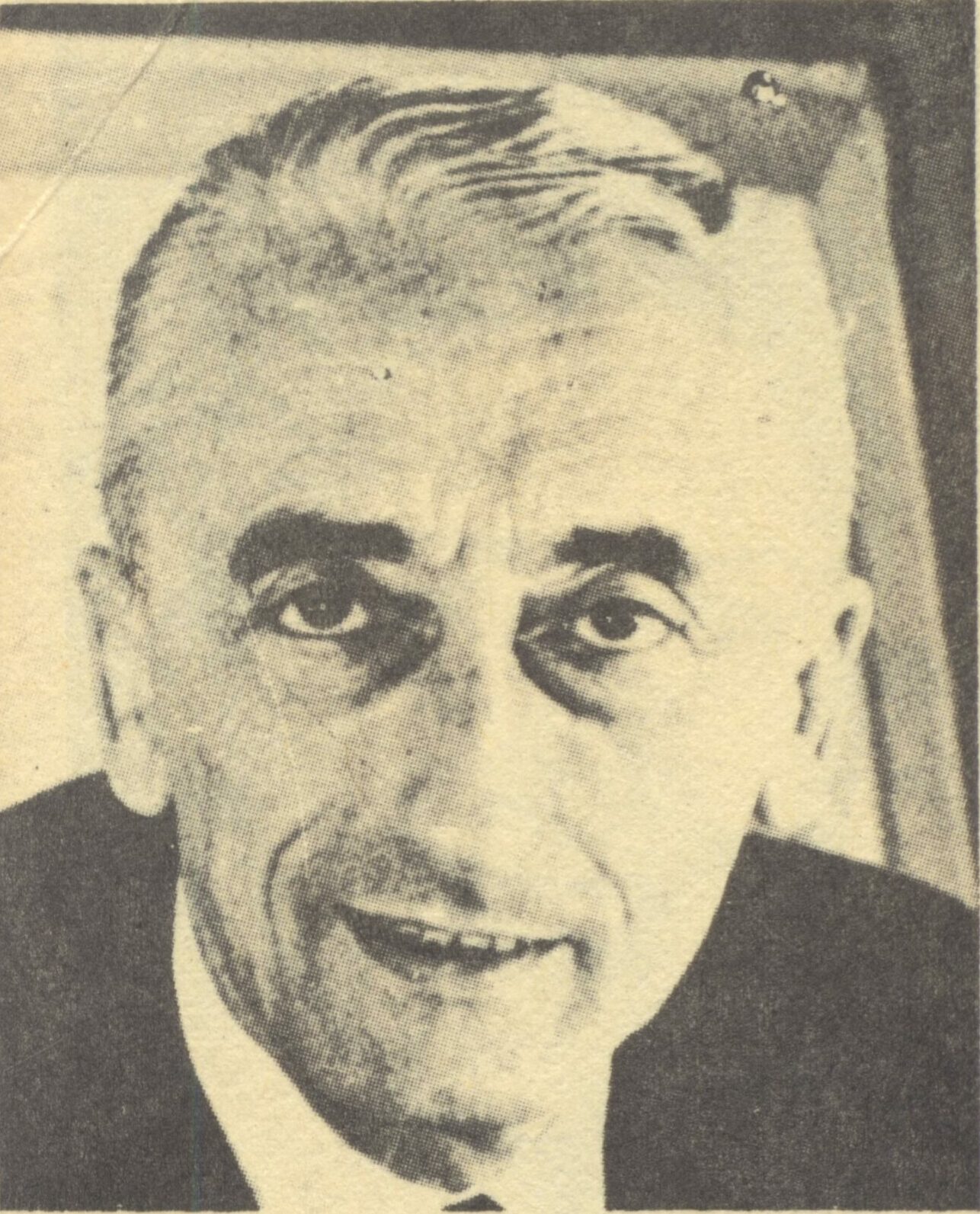
Jacques-Yves Cousteau (FRA)
Honor Contributor (1967)
FOR THE RECORD: Opened new horizons in swimming as related to both recreation and science; co-inventor of the Aqua-Lung.
The world beneath the sea –Earth’s mysterious last frontier, forbidding but holding secrets that will add to the scientific storehouse of mankind — is the personal domain of Jacques-Yves Cousteau. His is a name that evokes man’s fantasies of life at the ocean’s bottom. Certainly a desire to share in this world has stimulated more people to learn to swim.
The Swimming Hall of Fame honors Cousteau for opening up new horizons in swimming as related to both recreation and science. Cousteau represents the idea of swimming in its broadest definition, swimming as the mother activity for men who would feed the world from its oceans and mine the ocean bottoms, as well as all the new water sports crazes of a recreation minded society. Because we have new sports such as scuba and skin diving, surfing, and water-skiing, swimming is becoming increasingly more important.
For 30 years now, ever since he put on goggles and went fishing with spears, Cousteau has dedicated his life to the exploration of “innerspace.” Cousteau, co-inventor of the Aqua-Lung, was the first to experiment with underwater television and was a pioneer in submarine color photography. He commented, “By the Aqua-Lung, photoflash and handheld camera, we have been able to pull aside more fully the dense sea curtain which, since the dawn of time, has shrouded from men’s eyes a world of vibrant color — the world of the twilight depths.”
Cousteau has made significant contributions to the science of oceanography and to man’s own awareness of the world around him, a world and a way of life where learning to swim may be as important as learning to walk. He has managed to communicate the mystery, fascination and beauty of the world underwater in his books and his films that have won the grand prize in film competitions at Venice, Cannes and Paris, as well as 3 Academy Awards.
The world-acclaimed oceanographer and expert in marine biology, botany and ecology, has also made numerous dives for sunken vessels and aircraft. In 1947, during an archaeological expedition, he recovered ancient art treasures from a Roman galley believed to have been sunk in 80 B.C. off the coast of Tunisia, near Mahdia. Known as “The man who made Jules Vern’s imagination come true” (seriously considered is Cousteau’s prognosis of a new undersea agriculture where animals will be bred in spaces fenced in by nets), Cousteau was born June 11, 1910 at St. Andre-de-Cubzac, France. A sickly child forbidden to engage in strenuous games, he became an expert swimmer and exceptionally adept at things mechanical in d inventive. He was educated at the Naval Academy of Brest and then entered the French Navy where he rose to the rank of captain.
Cousteau’s enchantment with the sea began in 1936 when he donned Fenzi goggles and looked under the sea’s coverlet into a world as yet undisclosed and unexplored. The first major breakthrough into that world came with Cousteau’s design of the Aqua-Lung, an apparatus unburdened by cables and hoses and which would allow man to penetrate 300 feet below the ocean’s surface. The Aqua-Lung’s first satisfactory test was made in the waters of the French Riviera in 1943, at a time when France was under German occupation. Cousteau carried out his diving experiments while working for the French underground, an activity that France later honored by bestowing upon him the Legion of Honor, Officer Class, and the Croix de Guerre.
After the war, he organized a group to clear French harbors of German mines. Now turning to peaceful research, Cousteau began to experiment with underwater photography. He built numerous gadgets including equipment for Auguste Piccard’s bathyscaph, but what he wanted to do was obtain a floating laboratory, work ship and diving platform with which to widen the scope of the Aqua-Lung’s usefulness by making it available to oceanographers and marine biologists. In 1950, this became practical with the purchase in Malta of an old American minesweeper. Funds were provided by friends and the French Navy to refit the new ship, the Calypso, as a revolutionary new type of research vessel. He was to say later, “I have many houses, but Calypso is my real home.”
In 1957 Cousteau retired from the Navy, was later made director of the Oceanographic Museum and head of France’s Underwater Research Centre. Convinced that man would one day “walk on the sea as we now walk on the boulevards,” Cousteau began to create means of establishing communities of human beings beneath the sea. In September, 1962, two men lived for one week beneath the sea in his iron house called Diogenes. The following April, during an experiment in which he filmed “World Without Sun,” Cousteau established two houses at different depths– a garage workshop for Diving Saucer, and a garage for underwater scooters. Five men lived for one month in the big house and two men spent a week at great depth in the smaller house.
Cousteau’s own wife became the world’s fist woman Oceanaut when she spent five days under the sea. In September and October 1965, “Conshelf III” housed six men for three weeks in 330 feet of water; these men worked daily for several hours in a depth of 375 feet.
Cousteau replies, “Obviously, man has to enter the sea. There is no choice in the matter.”
